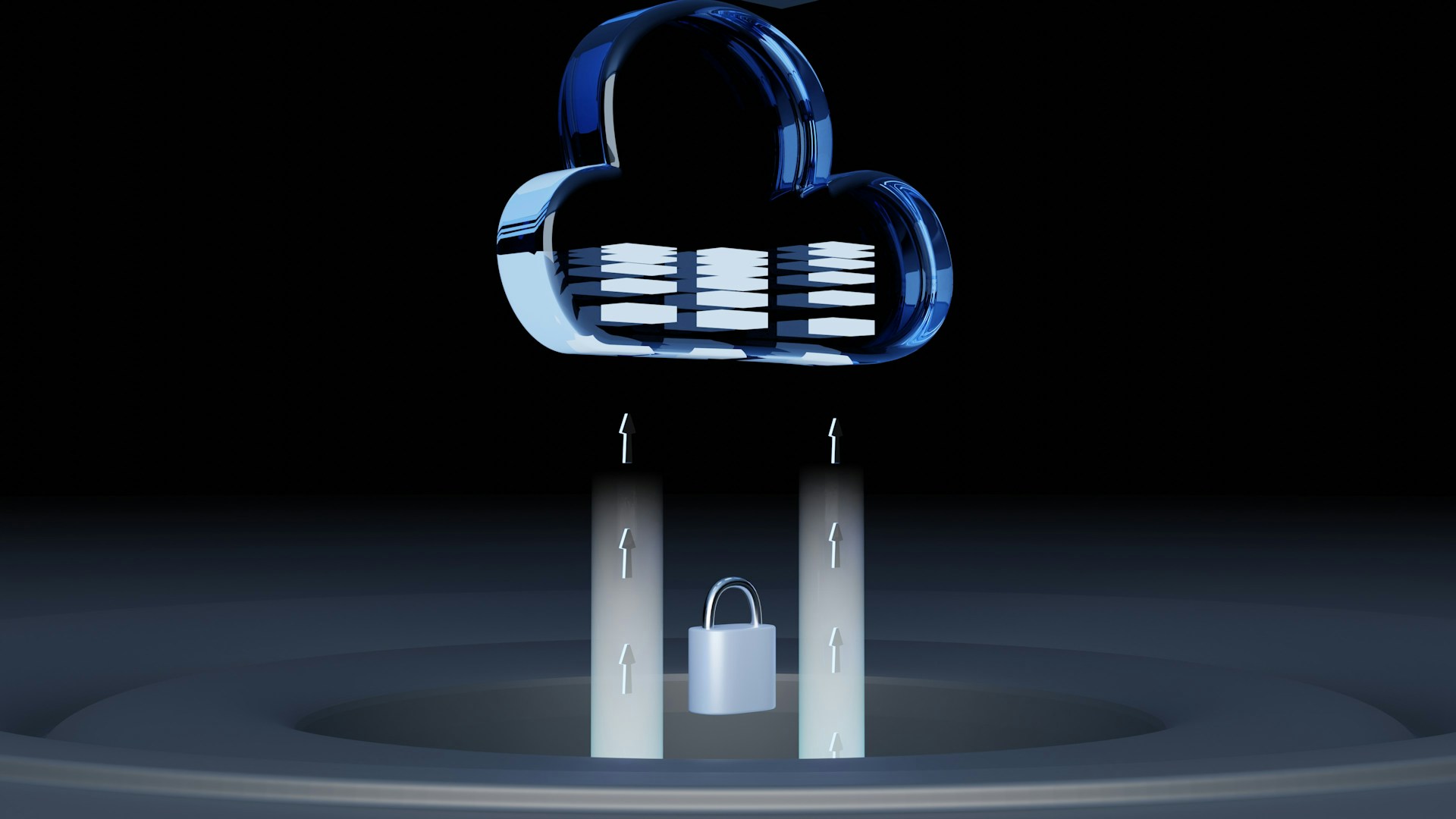SIEM vs. SOC: Understanding the Differences
-
April 23, 2024
-
7 min read

Increasingly, businesses face the menace of cyberthreats that can affect sensitive data and operations. A proactive and integrated approach to cybersecurity is the need of the hour.
SIEM (Security Information and Event Management) and SOC (Security Operations Center) are two crucial components for this. Both are integral to a robust security posture. After all, the best security solutions are full-service and multi-layered.
It is necessary to understand the nature of SOC vs. SIEM and discover their differences.
Differentiating SIEM and SOC
SIEM is a sophisticated technology solution that acts as a central nervous system for an organisation’s security infrastructure. SIEM collects, correlates, and analyses data from network devices, servers, applications, endpoints, and other sources. It is an ongoing process.
With this dataset, SIEM can detect anomalies and identify potential threats by applying analytics and threat intelligence. It looks for suspicious activities in the data stream. It can also provide real-time monitoring against malicious actions.
On the other hand, SOC is a dedicated team of cybersecurity professionals responsible for monitoring security events, investigating alerts, analysing incidents, and mitigating risks. SOC serves as the front-line defence against cyber threats. Enterprises that choose SOC as a service get up-to-date and dedicated security at all times.
Focus and scope
The function of SIEM is to aggregate data, correlate events, and analyse patterns. It can then generate alerts based on predefined rules or machine-learning algorithms. SIEM provides organisations with valuable insights into their security infrastructure. It offers log management, threat intelligence integration, incident response orchestration, and compliance reporting.
In contrast, SOC’s core focus is on continuous monitoring of security events in real-time. The SOC investigates alerts generated by SIEM or other security tools. It carries out in-depth analyses of incidents to gauge their severity and impact. SOC is equipped to respond to security breaches efficiently and promptly.
Operational Workflow
SIEM’s operations involve collecting data from different sources across the IT network. These can be firewalls, intrusion detection systems, antivirus solutions, and servers. Other data sources include operating systems, workstations, databases, and applications.
For the best results, this data is turned into a consistent format. It can then be analysed to detect suspicious activities or potential security incidents. SIEM generates alerts based on predefined rules to notify the enterprise of potential threats.
The rules can be based on indicators like malicious IP addresses or file hashes. Other suspicious patterns are linked to unusual data access and activity patterns. SOC analysts investigate these alerts to determine their validity and severity. The alerts can be classified based on severity, potential impact, and confidence score. SOC analysts use tools such as endpoint detection and response solutions and threat intelligence platforms to gather more information about the incidents. This helps them to initiate appropriate actions to take care of the threats effectively.
The actions include isolating parts of the network, taking steps to ward off the threat, and launching a comprehensive reaction plan.
Tooling and Technology
SIEM solutions encompass a range of capabilities. These include:
- Log management for collecting and storing vast amounts of security data
- Correlation engines for identifying patterns across data sources
- Threat intelligence feeds security analysis with external threat information.
- Reporting functionalities for generating compliance reports or executive summaries.
Among the tools used by SOC teams are:
- SIEM platforms for centralised event monitoring and analysis
- IDS/IPS solutions for network traffic inspection and intrusion detection
- EDR solutions for endpoint visibility and threat detection on individual devices
- threat intelligence platforms for accessing the latest information about emerging threats or vulnerabilities.
Skill Sets
Professionals who work with SIEM require a skill set that includes:
- Expertise in data analysis techniques such as log parsing, correlation rule creation, and query building for advanced searches.
- A deep knowledge of cybersecurity principles like threat modelling methodologies and attack vector identification.
- proficiency in incident response procedures. The procedures include incident triage prioritisation based on severity levels.
- familiarity with security tools like SIEM platforms, IDS/IPS solutions, EDR solutions, and threat intelligence platforms.
The main skills that SOC analysts need are:
- Strong analytical skills to interpret complex security events or alerts generated by SIEM.
- A deep understanding of cybersecurity concepts such as malware analysis techniques.
- Hands-on experience in incident handling procedures, including containment strategies
- The ability to work effectively under pressure in high-stress environments during incident response activities.
Synergies Between SIEM and SOC
They may be separate, but SIEM and SOC work best when functioning together. They unite to form a powerful security ecosystem.
Collaboration
SOC analysts rely on SIEM for real-time data and insights to make informed decisions. Analysts can identify suspicious activities and potential security incidents as they unfold.
SIEM benefits from the expertise of SOC analysts, who refine detection rules and improve alert accuracy. The information provided by SOC analysts refines SIEM’s effectiveness. They contribute their knowledge of emerging threats and vulnerabilities to enrich SIEM’s detection capabilities.
Data Sharing
SIEM is a central security data bank. Analysts do not need to waste time searching through countless log files and applications. SIEM ensures that all relevant information is readily available to the SOC team for easier correlation and identification of patterns. The team can then carry out thorough investigations and make swift decisions. In the long run, the ability to correlate logs from different security tools helps analysts identify the root cause of an incident faster.
Workflow Integration
Alerts generated by SIEM integrate into the SOC’s workflow for prioritisation and investigation. This system eliminates the need for manual intervention.
Alerts can also be assigned to appropriate analysts based on their expertise and workload. The process reduces response times so that threats are neutralised before they can cause harm.
Continuous Improvement
Feedback is essential for progress. SOC analysts provide continuous insights to refine SIEM’s configurations. A SOC-managed service does this with ease.
Analysts can report false positives and missed detections, allowing for adjustments to SIEM rules. This system leads to accurate threat detection and security actions.
By incorporating feedback from SOC analysts, SIEM can be fine-tuned to become better at detecting real threats.
The synergy between SIEM and SOC creates a security ecosystem that enhances an organisation’s ability to detect, investigate, and respond to security threats.
SIEM and SOC: In a Nutshell
Nowadays, organisations need a proactive security approach. Security Information and Event Management (SIEM) and the Security Operations Centre (SOC) are two components that work together to achieve this.
SIEM acts as a central nervous system, collecting and analysing security data from various sources. It identifies anomalies and potential threats using advanced analytics and threat intelligence. SIEM offers real-time monitoring and generates alerts based on predefined rules. SOC is a team of security professionals who monitor security events, investigate alerts, and respond to incidents. A managed SOC service will leverage SIEM alerts and other security tools to analyse incidents, assess severity, and take appropriate actions.
SIEM and SOC are most effective when working together. SOC analysts rely on SIEM for real-time data and insights to make informed decisions. They also provide feedback to refine SIEM’s detection rules and improve alert accuracy. SIEM acts as a central data bank for SOC, leading to faster and more thorough investigations. SIEM alerts seamlessly integrate with SOC workflows, enabling faster response times to neutralise threats.
It results in a security ecosystem that enhances an organisation’s ability to combat cyber threats. To find out more about SOC security services, get in touch with Airtel’s Security Operations Centre.
 Share
Share








